Unit 34 Task 1:Understand the techniques and development of 2D animation
Techniques
Traditional 2D animation (flick book, cel animation, rotoscoping, drawn on film, photographic stills);
Flick book:
It's a number of images that act as frames to the animation that vary a little bit from each other so when pages are flipped rapidly you can see an animation/motion.
- Cel animation:
Technique used to draw a set of image that can be layered on each other forming a full image or detailed environment. Thanks to that layers can be separately taken out and swapped with something different making an animation or film; just like in theatre.
- Rotoscoping:
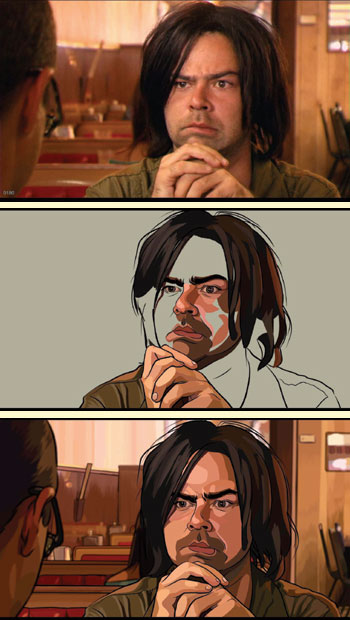 Basically rotoscoping is as tracing a life form action into animation drawing a frame by frame movement, like walking of a person. Tracing is done using motion picture footage so it traceable for the artist. This method was used when a realistic action was need for the animation to be made. This technique is of the most important techniques that has been used till today, one of the basic companies using this method is Disney.
Basically rotoscoping is as tracing a life form action into animation drawing a frame by frame movement, like walking of a person. Tracing is done using motion picture footage so it traceable for the artist. This method was used when a realistic action was need for the animation to be made. This technique is of the most important techniques that has been used till today, one of the basic companies using this method is Disney.Drawn on film
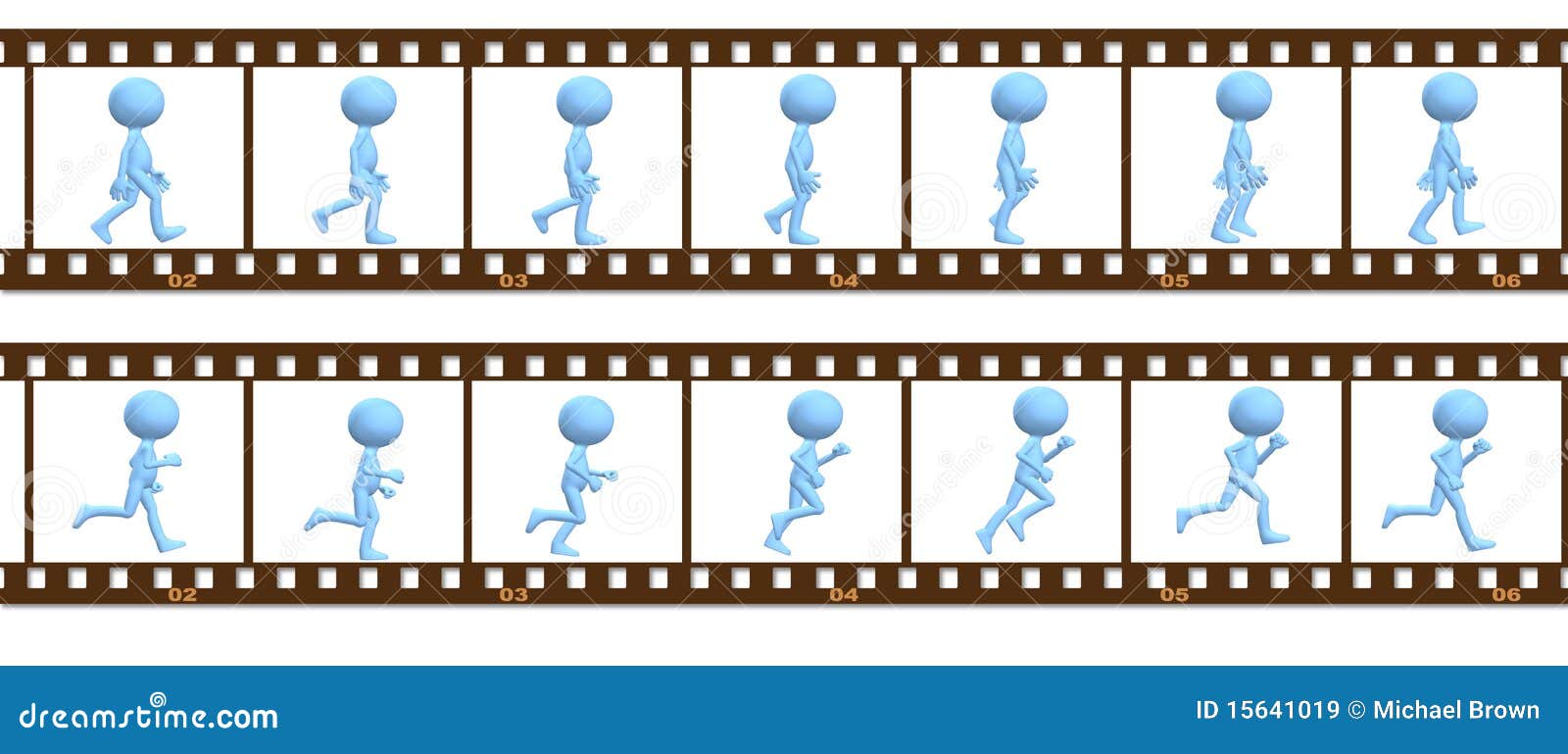 An animation technique that is actually fully hand draw directly on film reel; of course there certain tool, techniques and methods to make it work and easier but still is extremely time consuming. The advantage of using this technique is very inexpensive as it doesn't need any software or complex camera arrays also it and allows you to skip all the other techniques like: Cel animation, Photographic and Video sequencing.
An animation technique that is actually fully hand draw directly on film reel; of course there certain tool, techniques and methods to make it work and easier but still is extremely time consuming. The advantage of using this technique is very inexpensive as it doesn't need any software or complex camera arrays also it and allows you to skip all the other techniques like: Cel animation, Photographic and Video sequencing.- Photographic stills
Known as stop animation method used to move slightly a camera or frame before taking a frame out so it gives an animation of movement, that's why it's called stop motion as it puts different images/pictures one after another creating an illusion of animation/movement. Image is being moved a little bit then photograph it and move an image a little bit again so when animating film will look smooth when putting another frame.
Digital techniques for 2D animation (2D bitmap graphics, 2D vector graphics);
2D bitmaps are made of multiple pixels in a grip also know as raster image as the resolution of the image really matters so it can be easily scaled down as Pixels per inch(ppi) increases but when increasing the size of an image it leads to quality loss as you scale up image because the ppi is decreasing.
Common bitmap formats:
Common bitmap formats:
- BMP - Bitmap File Format
- GIF - Graphics Interchange Format
- JPG/JPEG - Joint Photographic Experts Group
- PNG - Portable Network Graphics
- PCX - Personal Computer eXchange
- TIFF - Tagged Image File Format
- PSD - PhotoShop Document
Reference: http://2danimationpp.blogspot.com/2012/04/2d-bitmap-graphics.html
- 2D vector graphics:
 Graphic made of points, lines/curves and different shapes connected together creating a polygons. They all are based on mathematical formulas that defines them, also they are connected by anchor points.
Graphic made of points, lines/curves and different shapes connected together creating a polygons. They all are based on mathematical formulas that defines them, also they are connected by anchor points.
Application software:
People call it an APP; it's a computer software that serves in different roles and tasks up to the needs of a user. There are a lot of different and unique computer software made by people so others can use them for their own advantage and needs. Most software are made with idea for a single purpose/task and are being improved throughout the time to help people work on it or just using it.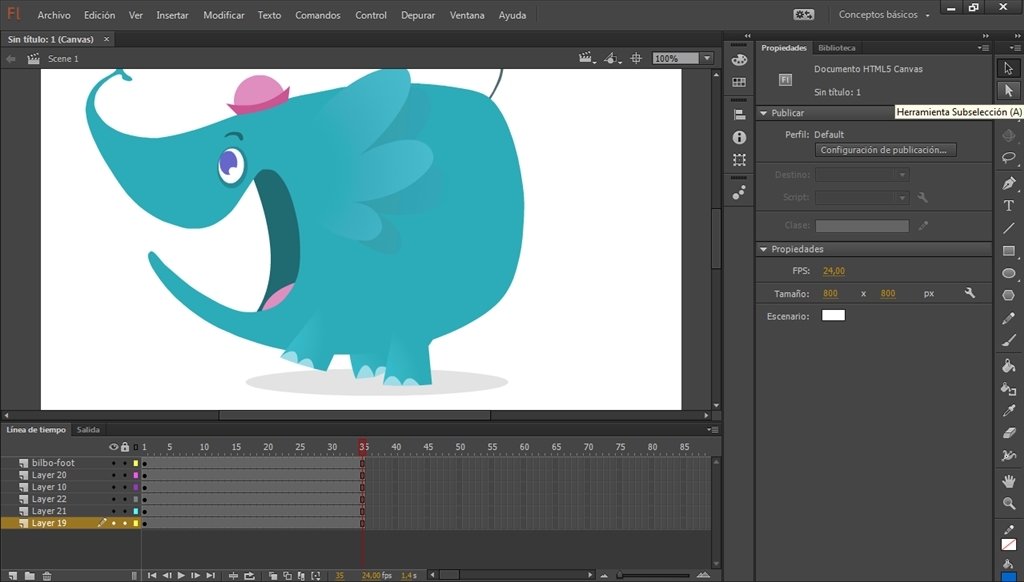
For example:
Adobe Flash is made for a single purpose for making 2D animations or games by giving you different types of tools letting you create 2D object and figures then you can animate it on frames and to be able to record it on so called layers that can be stacked just like in photoshop.
Visual Studio Software is made for programmers to help them improve their work speed and quality by looking for any human errors and sytax errors all around the code.
PowerPoint is created only for presentations of a given work and text; of course it is made to help you by giving a lot of tools and setting to improve your work and make it look professional but that's the only purpose of this software.
Adobe After Effects job is just like the name of it says; it let you create digital visual effects on your work which might be an animation, picture or film that you can edit as you wish with huge variety of tools and option/setting to your effects and objects.
Development
Pioneers, eg Joseph Plateau (phenakitoscope), William Horner (zoetrope), Emile Reynaud (praxinoscope), Eadweard Muybridge, Edison (kinetoscope), Lumière brothers;
- Joseph Plateau has invented in 1833 so called phenakitoscope which was first animation device that could create a fluid motion and the device looks like that:

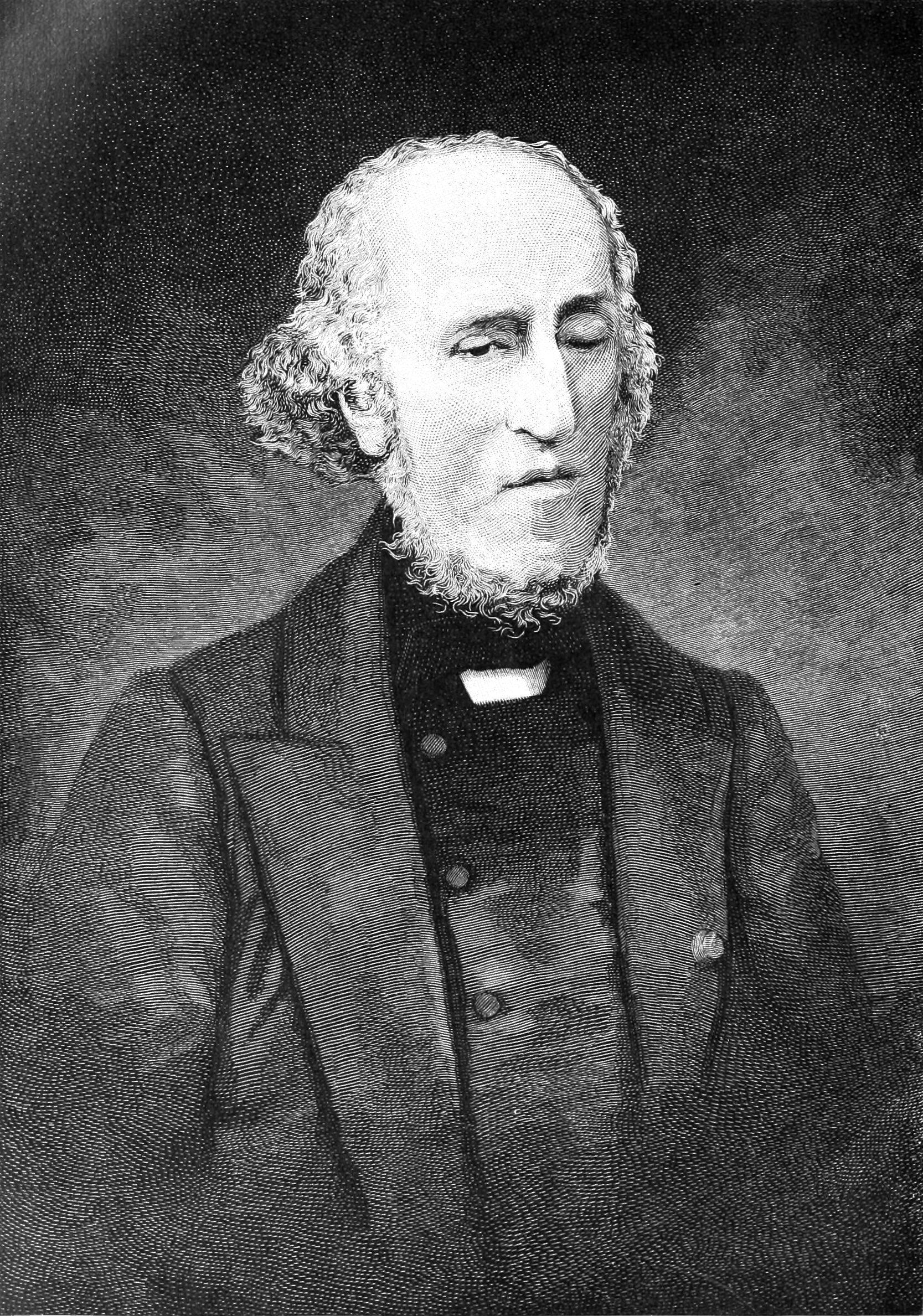

- William Horner has invented so called zoetrope that is very similar to the phenakitoscope and this device produce an illusion of motion by displaying set of images/drawings that changes as they progress further.
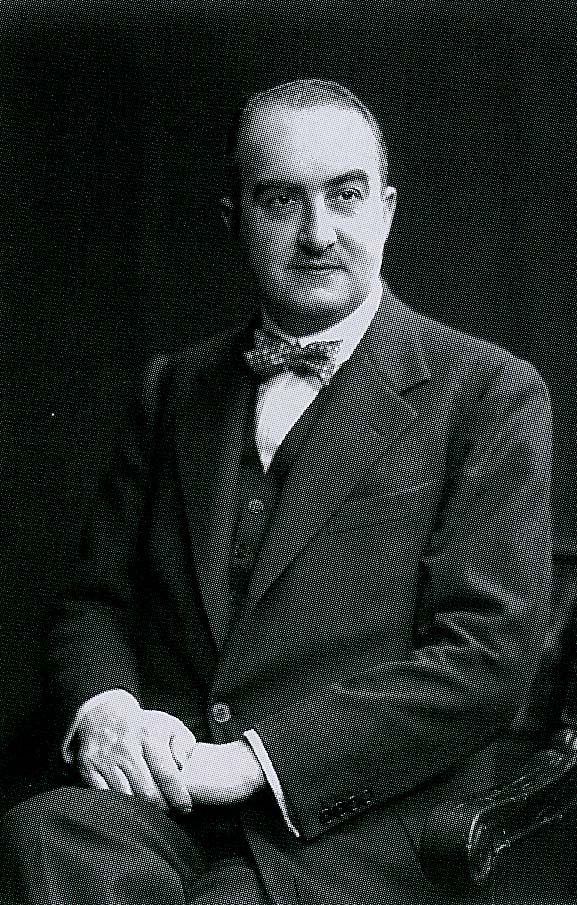

- French man Emile Reynaud has invented in 1877 so called praxinoscope that uses mirrors of the inside of the cylinder and strip of images on the other side of a mirrors so it reflects, this divide is very the same to the zoetrope as praxinoscope is the successor of it.


- Eadweard Muybridge is a father of motion, he is the one who begin inventing motion in 1872 which is allusion of movement by playing many images that are slightly different from past frame in a single row/screen. His first project of motion was a horse riding proving that there is frame when all four legs of a horse are off the ground.
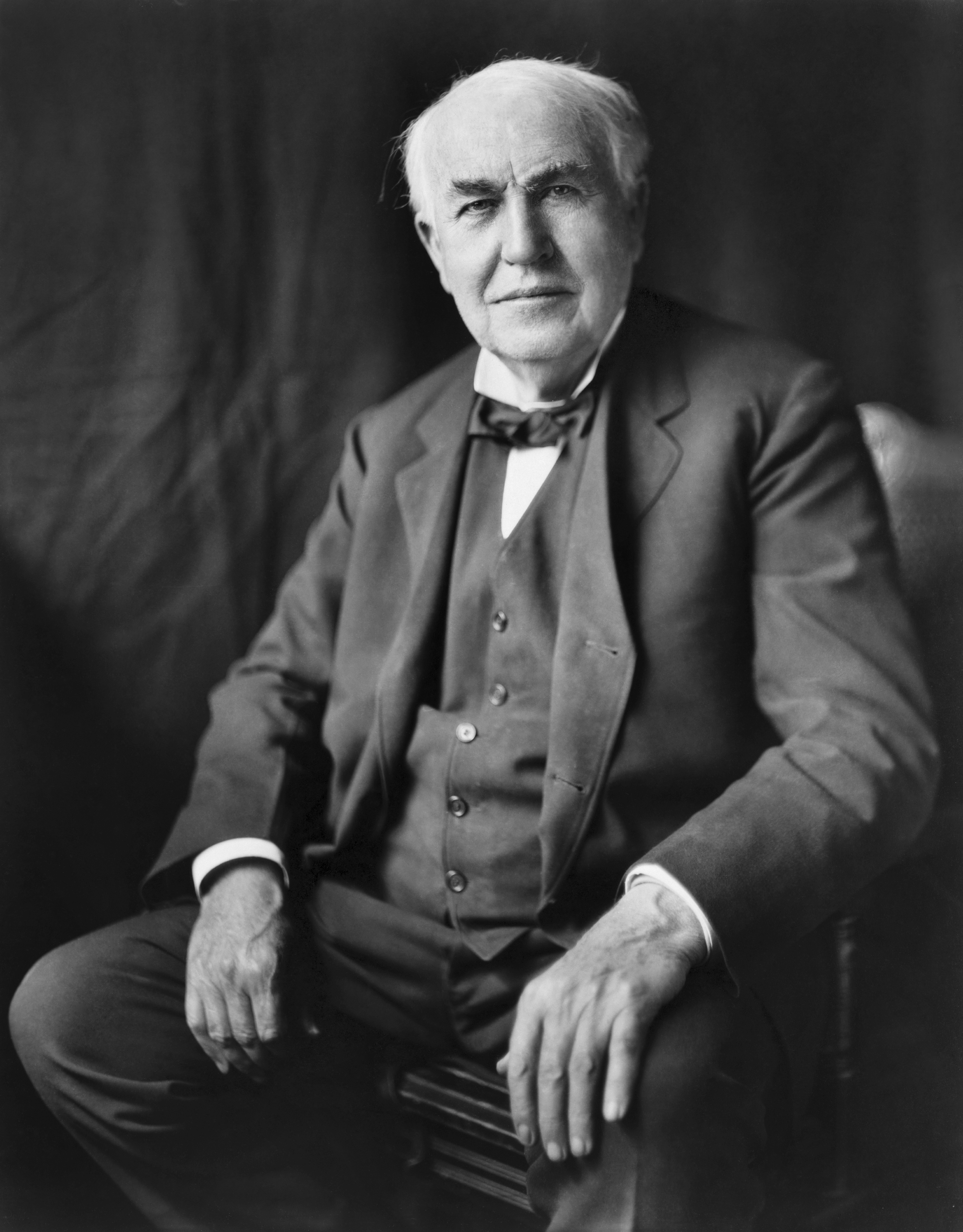 Thomas Edison has invented an early motion-picture device so called kinetoscope he has also invented or pushed forward technology level by giving the electric light bulb in to the world which was quite a thing in those days. Kinetoscope is used by looking thought the peephole to look inside where images are continuously moving.
Thomas Edison has invented an early motion-picture device so called kinetoscope he has also invented or pushed forward technology level by giving the electric light bulb in to the world which was quite a thing in those days. Kinetoscope is used by looking thought the peephole to look inside where images are continuously moving.

- Lumière brothers are another French inventors who designed motion-picture camera and projector so called Cinématographe; by the way word "cinema" is taken from that name. Using those devices they have created a film "La Sortie des ouvriers de l’usine Lumière" that is the first motion picture.
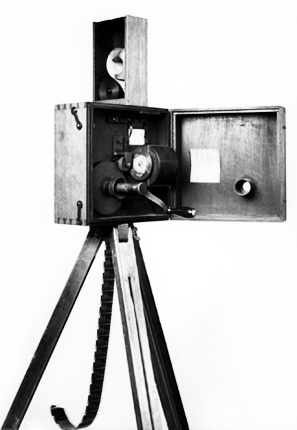

Developers, eg Walt Disney, Hannah Barbera, Warner Bros, Norman McLaren, Len Lye;

- Walt Disney moved to Hollywood in about early 1920 setting up there Disney Brothers Studio with his brother Roy. Walt created his character the Mickey Mouse in 1928, he also provided the voice for his character.
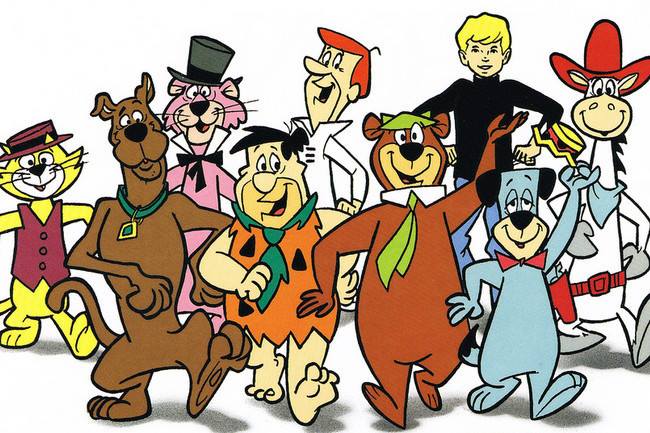
- Hannah Barbera productions, Inc. started in 1957 was an American animation studio that literally conquer American television animating for three decades.

- Warner Bro's made in 1923, another American entrainment company but this one made film like Godzilla and Harry Potter. Also they have made cartoon called Looney Toons.
- Norman McLaren was a Scottish/Canadian animator, director and producer popular for his incredible work for National Film Board of Canada. He is one of the most awarded filmmakers in the history of Canada cinema
Contemporary work, eg Monty Python, Yellow Submarine, A Scanner Darkly, Persepolis;
- Monty Python was a really good comedy show in late 60s. Their scenes where made of animated sketches connected with real actors, the reason whey they have done this connection is to make it interesting by showing what naturally and on daily bases we will not see, appealing to the audience.This comedy show had so much popularity so it was talked around showing the influence this show had on comedy.

- Film Yellow Submarine made in 1968 inspired by the Beatles. Only in the closing scene Beatles participated with their own voices.
- A Scanner Darkly is an animated film based on the same novel book with the same name; written by Phillip K. Dick. Most of the animations are made of Rotoscoping method as you can see in the image.
Genres and forms, eg cinema, advertising, children’s television, music videos, computer games, mobile phones, websites
- Cinema: Usually first place where you can go and watch a newest films with highest quality and sound in the room, however it costs. For example Disney release loads of films in cinemas to entertain children and families.
- Advertising: When advertising a film or a animation creators are putting peaces from film into advert to let people see a peace and make it interesting so people are aware of the film coming up so they know when to watch in full. Sometimes adverts are used to show people how the final product will looks like, to persuade them to join to the company or pre-order the film so the company can already make money till the finished movie.
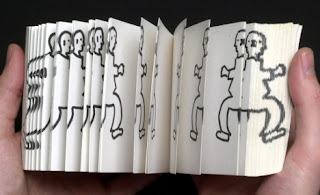

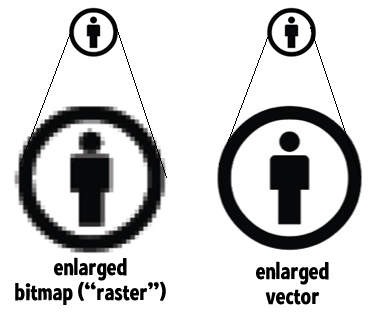





Comments
Post a Comment